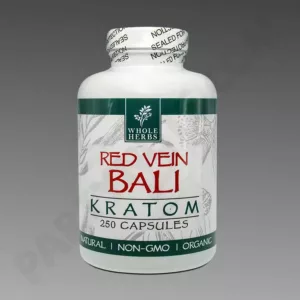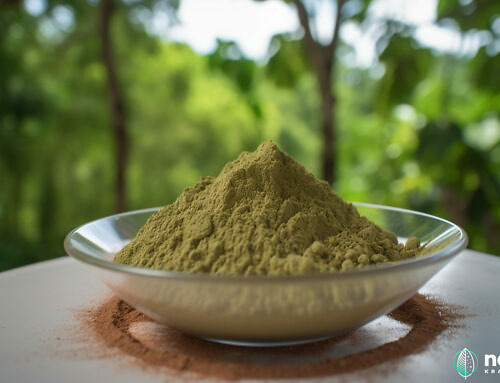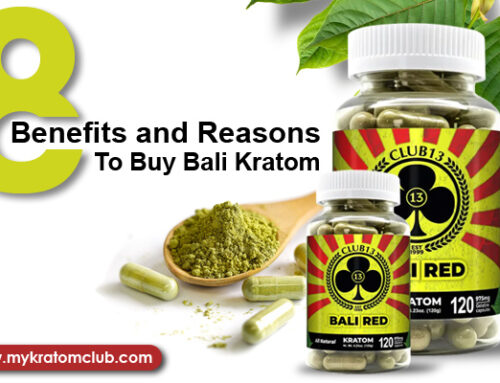The brilliant yellow hue of curry spice is easily recognizable coupled with the herb’s unique aroma. A favorite in Indian cuisine, curry is obtained from turmeric root. It flavors foods and has reputed medicinal properties that have been valued for centuries.
Table of Contents
Turmeric Root and Curcumin
The root contains compounds referred to as curcuminoids with curcumin standing out as the most beneficial active ingredient. Curcumin’s outstanding anti-inflammatory effects are without question and the potent antioxidant compounds are revered as outstanding by naturopathic practitioners.
What is Turmeric?
Turmeric has the classification of a spice that comes from the turmeric plant. The main component in curry, it has a very bitter and warm taste that stands out in cheeses, mustards, and kinds of butter. It also gives the formulas a yellow coloration. However, many grind the root for its medicinal properties.
A member of the Zingiberaceae (ginger) family, the plant grows throughout much of Southeast Asia. It has been a valued addition to Chinese and Indian Ayurvedic medicine for thousands of years.
Currently, India cultivates 78 percent of the global supply of spice. One of the most widely used forms is tea. You can find the herb online or at health food stores.
Throughout history, turmeric has gained an impressive reputation for treating the following:
- Heartburn (dyspepsia)
- Stomach pain
- Arthritis
- Joint Pain
- Ulcerative colitis
- Crohn’s disease
- Jaundice
- Loss of appetite
- Liver problems
- Stomach ulcers
- Intestinal gas
- Helicobacter pylori (H. pylori)
- Stomach bloating
- Irritable bowel syndrome (IBS)
- Diarrhea
- Hemorrhage
- Joint pain
- High cholesterol
- Skin inflammation
- Gallbladder disorders
- Fatigue
- Radiation therapy
- Headaches
- Colds
- Swelling in the middle eye
- Lung infections
- Tuberculosis
- Kidney problems
- Urinary bladder inflammation
- Fibromyalgia
- Menstrual problems
- Leprosy
- Depression
- Certain cancers
- Bronchitis
- Fibromyalgia
- Lupus erythematosus (SLE)
When applied directly to the skin the herb treats:
- Sprains
- Swelling
- Pain
- Ringworm
- Gum disease
- Infected wounds
- Open sores
- Oral sores
- Leech bites
- Bruising
Turmeric has also become an important herbal component in many food and manufacturing formulas such as perfumes and food colors.
How Does Turmeric Work?
Turmeric root
Curcumin is the active ingredient within turmeric. Researchers believe that it acts as a potent anti-inflammatory in much the same way that the alkaloids found in kratom work to reduce inflammation. In fact, many naturopathic physicians suggest using a combination of kratom and turmeric to tackle the discomfort brought on by inflammation. When used together, they work in unison to complement each other and enhance potency
Possible Safety Concerns
Clearly, turmeric root appears safe for most individuals considering it is a standard staple in the diet of millions around the world. Many also use it as a mouthwash to combat oral problems or as a valued enema for gastrointestinal ailments.
Some individuals might have an allergy or sensitivity to the herb and experience diarrhea, stomach upset, nausea, or dizziness. Taking exceptionally high doses that exceed 1500 mg twice a day has led to abnormal heart rhythms.
Reaping the Benefits of Turmeric Root
Add the spice to your favorite recipes. When cooking with the herb, the interaction between curcumin and oils complement each other and make it more digestible. Curcumin binds with fat found in olive and coconut oil when heated which makes it easier for the compound to absorb into the body’s system. Even a small amount proves highly beneficial. In fact, cooking with the herb is far better than ingesting the plant material in the form of a capsule. Clearly using the spice with a healthy oil in your daily diet works best.
Turmeric Root and Kratom Tea
Using Kratom and Turmeric Root in Tea
Curcumin is difficult to digest due to the spice’s low bioavailability. The body simply cannot seem to access and fully absorb the compound in its natural state. It must undergo heating to become more bioavailable. One of the most effective ways to consume curcumin is via a hearty tea. The root of the plant is grated or ground. When hot water is added, it produces a very robust tea that the body can rapidly utilize. You can combine turmeric tea with kratom tea to reap the benefits of both herbal supplements at once. Add a dash of honey to sweeten the formula because the alkaloids are a little bitter.
Ideally, adults should consume 400 to 600 milligrams of powder three times per day to reap the benefits. If you are using grated or dried root then ingest one to three grams daily.
How to Prepare Turmeric Tea?
Take either powder, ground, or grated turmeric that has undergone a drying process. When shopping, you’ll also encounter fermented turmeric preparations which are a favorite in tea creation. The fermentation process appears to increase the potency of the preparation but can also make it have a more bitter flavor that many find distasteful even with sweeteners.
- Boil four cups of water
- Add ground, grated, or powdered turmeric to the water (one to two teaspoons depending on your desired potency). Add kratom powder to the formula currently if you so desire.
- Simmer the mixture for approximately 10 minutes
- Strain the grated or ground turmeric from the tea. If you are using powder then it has probably already liquified.
- Allow the tea to cool for approximately five minutes
Enhancing the Flavor of Turmeric Root Tea
The Flavor of Turmeric Tea
Without a doubt, raw turmeric root tea is better and if you have added kratom to the formula then it probably tastes especially tart on the tongue. Most people sweeten the beverage to make it more enjoyable.
- Adding honey to the tea increases its anti-microbial properties substantially which makes the beverage even healthier and robust.
- Cream, whole milk, coconut milk, cashew milk, or almond milk are yummy additions.
- Try a tablespoon of coconut oil along with ghee (unclarified butter) to improve your body’s absorption of the curcumin. The healthy fats work together so you can truly reap the benefits of the spice.
- Adding a dash of black pepper to the tea also accelerates curcumin absorption due to the pipeline contained in the pepper. You might turn your nose up at the thought of adding pepper to tea, but the spice flavors the brew nicely and adds a welcome zest to the taste.
- Classic additions like lime, ginger, and lemon increase the tea’s antioxidant and antimicrobial properties to improve the taste of the mixture and increase the health benefits.
Turmeric for the Skin
Everyone has the occasional pimple and others battle acne daily. If you have stubborn breakouts and you have tried conventional treatments then why not give the spice a try? It has exceptional antibacterial and anti-inflammatory properties that can soothe the skin and reduce breakouts. Many people simply mix the spice with water to form a paste that they apply directly to their skin like a mask. When fully dry, they wash the formula away to reveal refreshed skin.
A quick trip to a health food store or running a search online will also show many commercial mask formulas designed for your skin that contain curcumin as the active ingredient. Soaps and toners that are brimming with the spice also help soothe irritated skin.
Turmeric root is trusted around the world and a valuable spice for a multitude of cuisines. You can combine it with kratom and other herbs to truly accentuate the benefits or use it singularly. If you are interested in learning more about kratom then please contact us at My Kratom Club. We sell a wide array of kratom products that work well with turmeric.




/herbal-tea-with-turmeric-638824318-5abdb804ae9ab8003729e696.jpg)
/turmeric-tea-recipe-3376435-080-cd2d010456ad4c71bcaa00d032a48f8a.jpg)






Leave A Comment